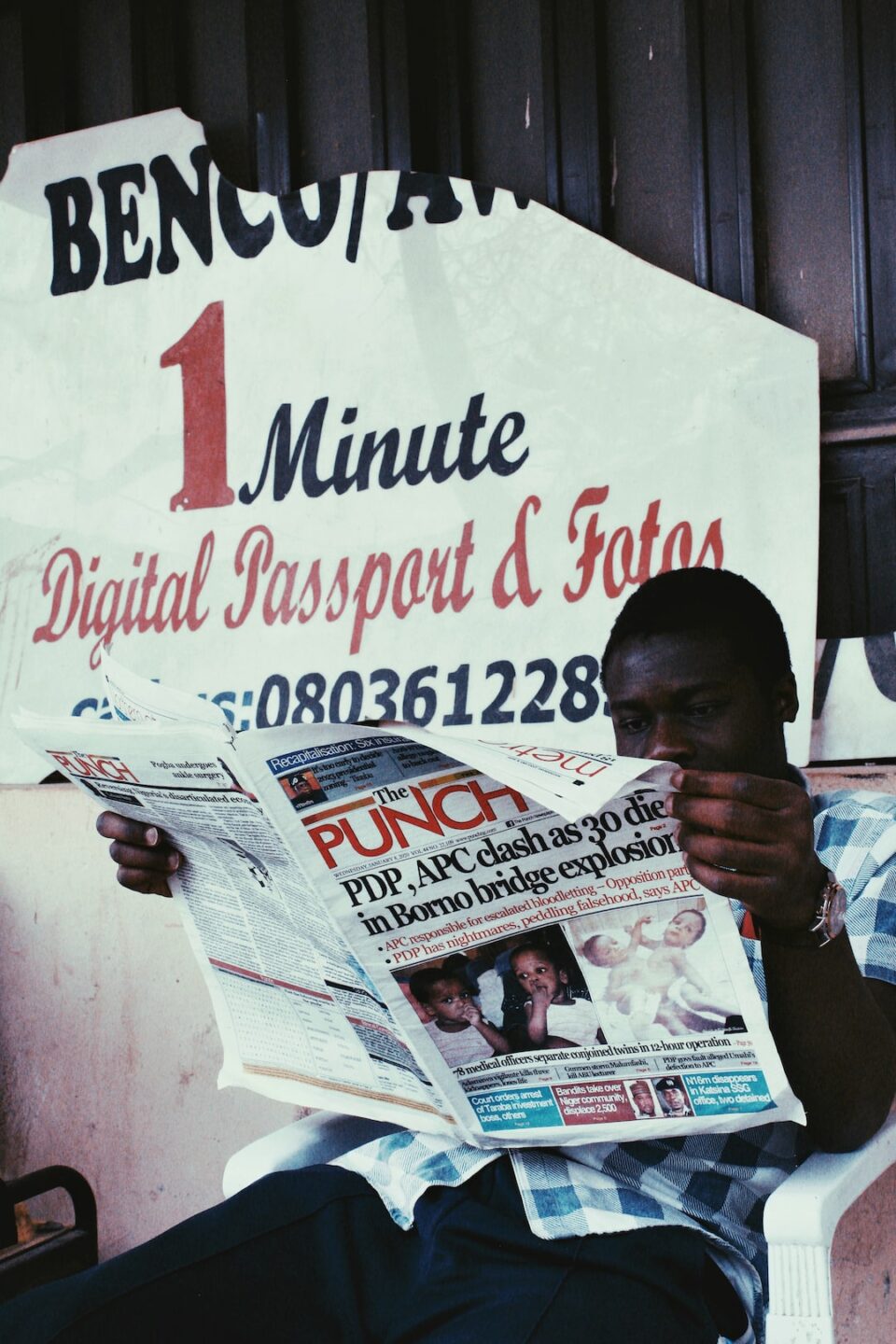For years now, drivers have enjoyed the luxury of free roads. Nevertheless, this is about to change as new highway tolls are set to increase in the near future for the first time. The best part? These tolls will help reduce congestion on our highways while making improvements to the roads we use. Many believe this to be a win-win situation, but others have expressed concern for the financial implications these tolls may have on some drivers. So what does this mean for the future of our highways and for drivers who use them on a regular basis?
Firstly, it is important to understand why tolls are being introduced in the first place. The simple answer is that it costs money to build and maintain highways, and the government can no longer afford to cover these costs alone. Road infrastructure costs are substantial, and the government has been struggling to provide the necessary funds for repairs and upgrades. There have been discussions and debates in the previous years about how to address this problem, and it appears that introducing tolls on highways is the way forward. The revenue generated by these tolls will be used to invest in highway maintenance, repairs, and upgrades.
Improvements on highways that have been neglected for too long will increase the safety of driving on them, benefit the economy, and enhance the overall driving experience. Anyone who has spent a significant amount of time driving on Indiana’s highways knows that repairs and upgrades are long overdue. Road conditions are a major factor contributing to traffic accidents, some of which lead to fatalities. Highways are also a means of transportation for delivery trucks and other vehicles that help carry goods and drive Indiana’s economy. Safer roads and a greater capacity to move goods can increase efficiency and improve the transport and logistics industry in Indiana.
On the other hand, some drivers are apprehensive about the financial implications of the new tolls, and their concerns are valid. Paying a toll to use a highway means expenses will increase, and this may not be feasible for everyone. After all, some drivers use the highway as their main mode of transport to get to work, and adding expenses may harden their budget. The Indiana Department of Transportation has said that they are doing what they can to make this transition as smooth as possible. They have conducted numerous studies to ensure that the tolls are set at a rate that is as fair as possible for all involved. They have also developed an affordable monthly payment plan for drivers who use the highways frequently. However, no matter how the payment plan is crafted, there will always be those who cannot afford to pay and are forced to make hard choices between their daily expenses and transportation needs.
It is also essential to note that tolls are not the only option in raising revenue for road infrastructure improvements. There were alternative ideas developed during the debate on how to address the problem. One of which is increasing taxes, an equally effective solution that has been implemented in the past. On the surface, raising taxes may seem less appealing, however, it may be a fairer alternative for drivers as compared to paying tolls. This is because taxes are generally proportionate to an individual’s income, meaning those who earn more pay more. On the other hand, tolls are equally charged, regardless of one’s earnings. Any revenue generated from taxes can also be directed to schools or healthcare sectors, sectors that have been suffering from a lack of funding in recent years.
In conclusion, the decision to introduce highway tolls in Indiana should not come as a surprise. Infrastructure costs are simply too high to continue relying on government funding alone. Tolling may be the best solution to address this issue, with revenue generated to be used in repairs and upgrades the roads need. However, the reality is that tolls may not be feasible for everyone, and some may have to find alternative ways of transportation. Furthermore, the idea of raising taxes cannot be fully dismissed, as it may be a fairer alternative in addressing the issue. Either way, the priority is for the public to reach consensus on the most suitable solution for all involved.
As a generation used to driving on free roads, we are faced with a hard decision, balancing between our right to free roads and the reality of maintaining the much-needed infrastructure. With the highway tolls to increase for the first time in years, it’s time for us as drivers to face this reality and make decisions that will ensure a better future for Indiana’s road network and our transport industry.


